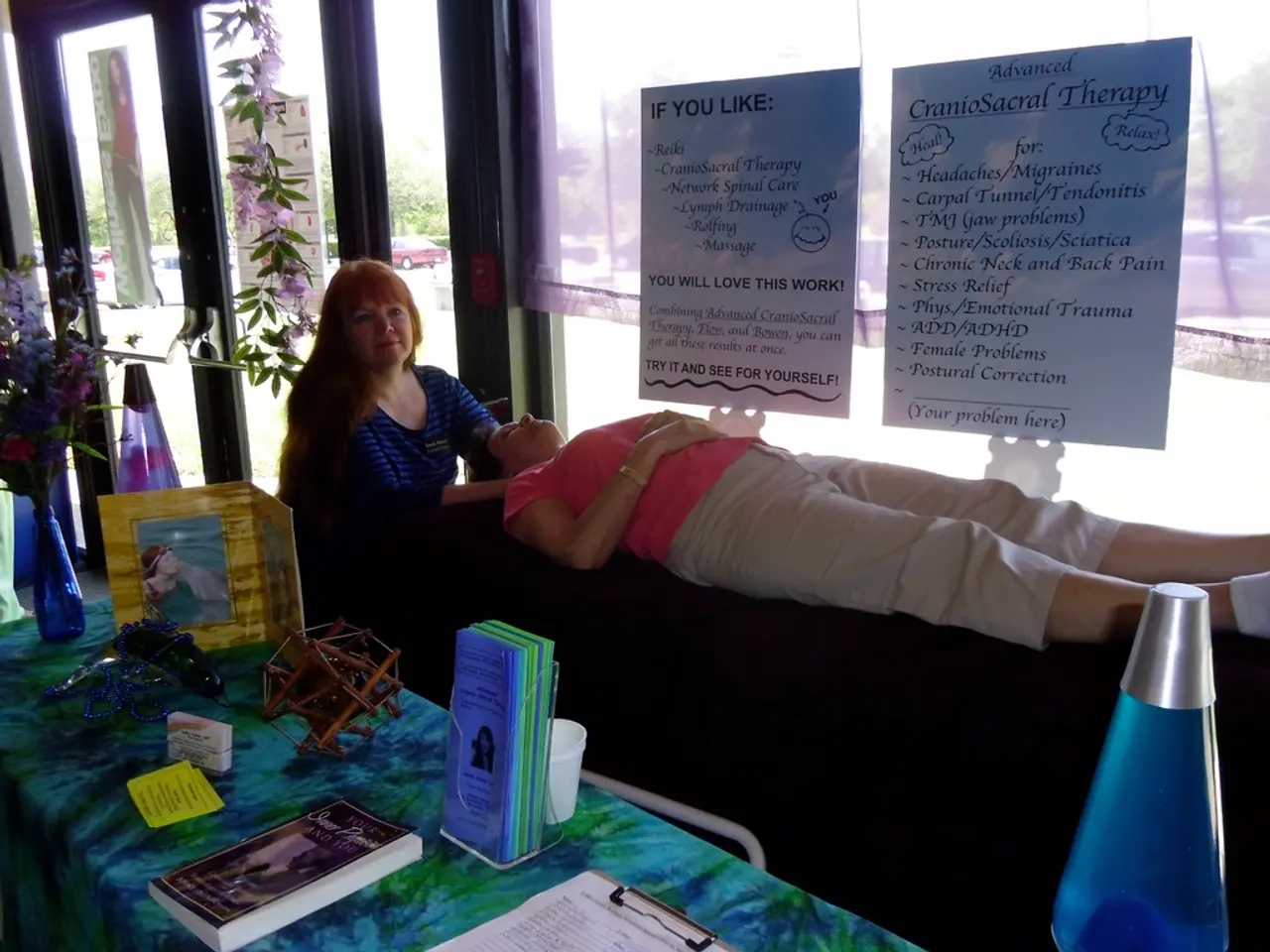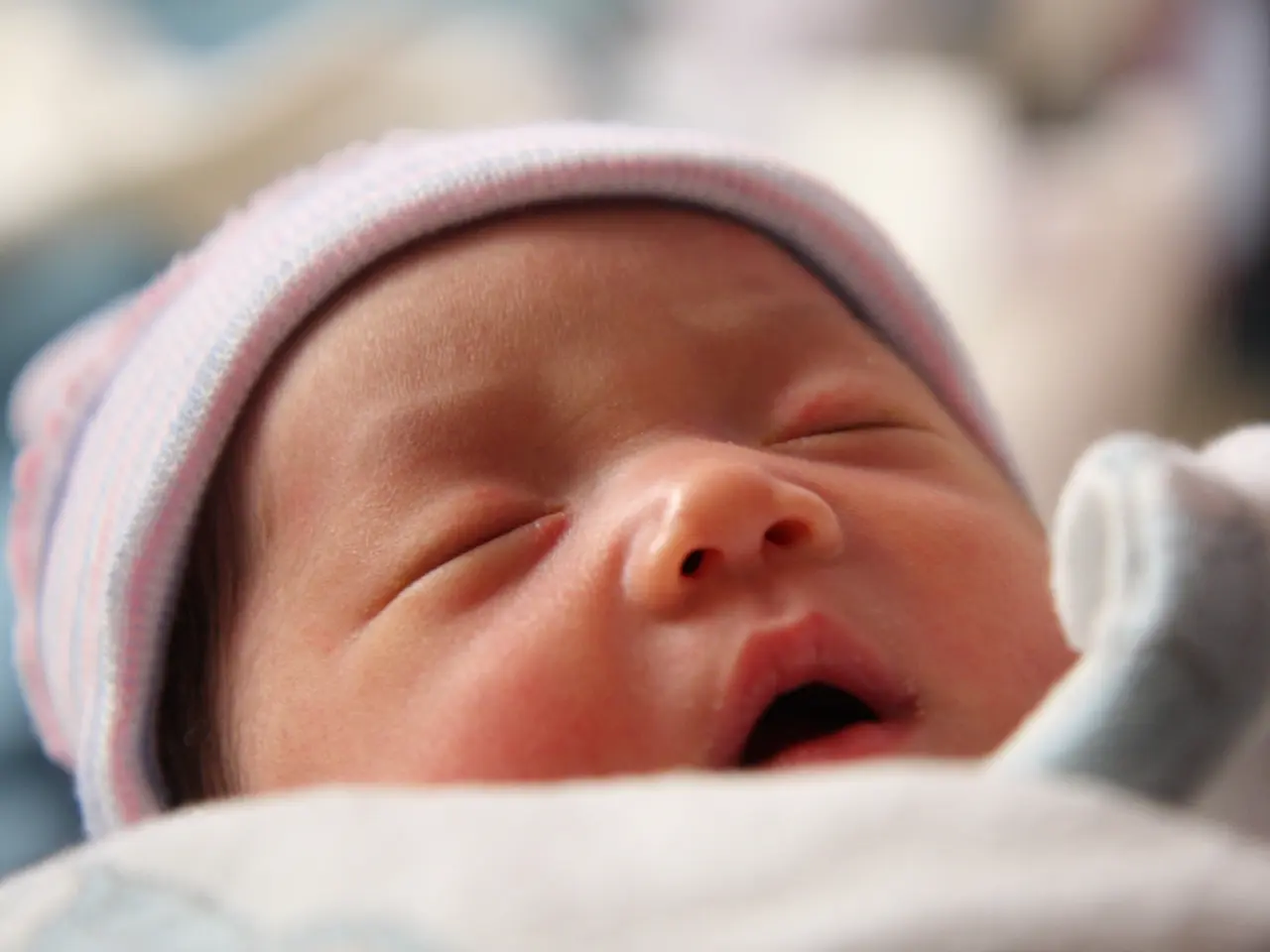Bipolar II Disorder: Characteristics, Treatment Options, and Further Insights
Bipolar disorders are mental health conditions characterised by extreme mood swings, ranging from periods of intense happiness or excitement (mania or hypomania) to severe depression. While both Bipolar I and II share these symptoms, they differ in terms of treatment, symptoms, and diagnosis.
**Symptoms**
The key differences between Bipolar I and II lie in the severity, duration, and functional impact of the mood episodes. Bipolar I involves at least one manic episode, which is a period of persistently elevated or irritable mood with increased energy or activity levels that lasts for several days to weeks and may require hospital care. Symptoms often include elevated mood, increased energy, impulsivity, and can involve psychosis. On the other hand, Bipolar II presents with at least one hypomanic episode, which is less severe and without psychosis or marked functional impairment.
**Diagnosis Process**
Diagnosis of Bipolar I requires at least one manic episode, regardless of depressive episodes. In contrast, Bipolar II requires at least one hypomanic episode and one major depressive episode. The diagnosis process involves a comprehensive clinical interview, mood charting over time, medical evaluations to rule out other causes, collateral information from family/friends, and psychological testing if needed. The differentiation hinges on the severity and duration of manic vs. hypomanic episodes, and the functional impairment they cause.
**Treatment Differences**
Both disorders may be treated with mood stabilizers, antipsychotics, and psychotherapy. However, treatment in Bipolar I often focuses on controlling full manic episodes and preventing relapse, sometimes including hospitalization during severe manic or depressive episodes. In Bipolar II, treatment focuses more on managing the depressive phases and hypomania to prevent cycling; since depressive episodes are longer and more frequent, antidepressants may be carefully considered. Accurate diagnosis is crucial because misdiagnosis can lead to inappropriate treatment, worsening outcomes.
In summary, Bipolar I is distinguished by severe manic episodes with potential psychosis and more variable depressive episodes, while Bipolar II involves less severe hypomania but more prolonged and frequent depressive episodes, requiring nuanced diagnosis and tailored treatment approaches to address these differences effectively.
It is essential to remember that finding a trustworthy doctor and staying in regular contact with them can help manage both Bipolar I and II. Psychotherapy and counseling can help people develop coping strategies, learn about effective ways to manage stress, identify triggers and ways of avoiding them, and learn more about bipolar disorder. Lifestyle changes, such as exercise, a healthy diet, getting enough quality sleep regularly, and keeping a log of mood changes and life events, can also help a person maintain more stable moods and a deeper sense of well-being.
References: [1] American Psychiatric Association. (2013). Diagnostic and Statistical Manual of Mental Disorders (5th ed.). Arlington, VA: American Psychiatric Publishing. [2] Goodwin, F. K., & Jamison, K. R. (2007). Mania: A very short introduction. Oxford University Press. [3] Yatham, L. N., & Miklowitz, D. J. (2012). Bipolar disorder: a practical guide for clinicians. Oxford University Press. [4] National Institute of Mental Health. (2020). Bipolar Disorder. Retrieved from https://www.nimh.nih.gov/health/topics/bipolar-disorder/index.shtml [5] National Institute for Health and Care Excellence. (2014). Bipolar disorder: assessment and management. Retrieved from https://www.nice.org.uk/guidance/cg185/chapter/1-Recommendations#1-1-assessing-and-diagnosing-bipolar-disorder-in-adults-and-young-people-with-a-new-or-changing-episode-of-mood-symptoms-1-1-1-assessing-and-diagnosing-bipolar-disorder-in-adults-and-young-people-with-a-new-or-changing-episode-of-mood-symptoms-1-1-1-1-assessing-and-diagnosing-bipolar-disorder-in-adults-and-young-people-with-a-new-or-changing-episode-of-mood-symptoms-1-1-1-1-1-assessing-and-diagnosing-bipolar-disorder-in-adults-and-young-people-with-a-new-or-changing-episode-of-mood-symptoms-1-1-1-1-1-1-assessing-and-diagnosing-bipolar-disorder-in-adults-and-young-people-with-a-new-or-changing-episode-of-mood-symptoms-1-1-1-1-1-1-1-assessing-and-diagnosing-bipolar-disorder-in-adults-and-young-people-with-a-new-or-changing-episode-of-mood-symptoms-1-1-1-1-1-1-1-1-assessing-and-diagnosing-bipolar-disorder-in-adults-and-young-people-with-a-new-or-changing-episode-of-mood-symptoms-1-1-1-1-1-1-1-1-1-assessing-and-diagnosing-bipolar-disorder-in-adults-and-young-people-with-a-new-or-changing-episode-of-mood-symptoms-1-1-1-1-1-1-1-1-1-1-assessing-and-diagnosing-bipolar-disorder-in-adults-and-young-people-with-a-new-or-changing-episode-of-mood-symptoms-1-1-1-1-1-1-1-1-1-1-1-assessing-and-diagnosing-bipolar-disorder-in-adults-and-young-people-with-a-new-or-changing-episode-of-mood-symptoms-1-1-1-1-1-1-1-1-1-1-1-1-assessing-and-diagnosing-bipolar-disorder-in-adults-and-young-people-with-a-new-or-changing-episode-of-mood-symptoms-1-1-1-1-1-1-1-1-1-1-1-1-1-assessing-and-diagnosing-bipolar-disorder-in-adults-and-young-people-with-a-new-or-changing-episode-of-mood-symptoms-1-1-1-1-1-1-1-1-1-1-1-1-1-1-assessing-and-diagnosing-bipolar-disorder-in-adults-and-young-people-with-a-new-or-changing-episode-of-mood-symptoms-1-1-1-1-1-1-1-1-1-1-1-1-1-1-1-1-assessing-and-diagnosing-bipolar-disorder-in-adults-and-young-people-with-a-new-or-changing-episode-of-mood-symptoms-1-1-1-1-1-1-1-1-1-1-1-1-1-1-1-1-1-1-assessing-and-diagnosing-bipolar-disorder-in-adults-and-young-people-with-a-new-or-changing-episode-of-mood-symptoms-1-1-1-1-1-1-1-1-1-1-1-1-1-1-1-1-1-1-1-assessing-and-diagnosing-bipolar-disorder-in-adults-and-young-people-with-a-new-or-changing-episode-of-mood-symptoms-1-1-1-1-1-1-1-1-1-1-1-1-1-1-1-1-1-1-1-1-assessing-and-diagnosing-bipolar-disorder-in-adults-and-young-people-with-a-new-or-changing-episode-of-mood-symptoms-1-1-1-1-1-1-1-1-1-1-1-1-1-1-1-1-1-1-1-1-1-assessing-and-diagnosing-bipolar-disorder-in-adults-and-young-people-with-a-new-or-changing-episode-of-mood-symptoms-1-1-1-1-1-1-1-1-1-1-1-1-1-1-1-1-1-1-1-1-1-1-assessing-and-diagnosing-bipolar-disorder-in-adults-and-young-people-with-a-new-or-changing-episode-of-mood-symptoms-1-1-1-1-1-1-1-1-1-1-1-1-1-1-1-1-1-1-1-1-1-1-1-assessing-and-diagnosing-bipolar-disorder-in-adults-and-young-people-with-a-new-or-changing-episode-of-mood-symptoms-1-1-1-1-1-1-1-1-1-1-1-1-1-1-1-1-1-1-1-1-1-1-1-1-assessing-and-diagnosing-bipolar-disorder-in-adults-and-young-people-with-a-new-or-changing-episode-of-mood-symptoms-1-1-1-1-1-1-1-1-1-1-1-1-1-1-1-1-1-1-1-1-1-1-1-1-1-1-assessing-and-diagnosing-bipolar-disorder-in-adults-and-young-people-with-a-new-or-changing-episode-of-mood-symptoms-1-1-1-1-1-1-1-1-1-1-1-1-1-1-1-1-1-1-1-1-1-1-1-1-1-1-1-1-1-assessing-and-diagnosing-bipolar-disorder-in-adults-and-young-people-with-a-new-or-changing-episode-of-mood-symptoms-1-1-1-1-1-1-1-1-1-1-1-1-1-1-1-1-1-1-1-1-1-1-1-1-1-1-1-1-1-1-1-1-1-assessing-and-diagnosing-bipolar-disorder-in-adults-and-young-people-with-a-new-or-changing-episode-of-mood-symptoms-1-1-1-1-1-1-1-1-1-1-1-1-1-1-1-1-1-1-1-1-1-1-1-1-1-1-1-1-1-1-1-1-1-1-1-1-1-1-1-1-1-1-1-1-1-1-1-1-1-1-1-1-1-1-1-1-1-1-1-1-1-1-1-1-1-1-1-1-1-1-1-1-1-1-1-1-1-1-1-1-1-1-1-1-1-1-1-1-1-1-1-1-1-1-1-1-1-1-1-1
- Cognitive therapy can be an effective approach in managing bipolar disorders, providing coping strategies and tools to handle mood swings.
- HIV patients suffering from depression may benefit from including psychotherapy as part of their treatment regimen.
- Studies suggest a higher incidence of multiple sclerosis among individuals with a history of Bipolar II, requiring further research to understand the relationship.
- Obesity, sometimes a symptom of depression, can paradoxically worsen mental health outcomes by increasing the risk of issues like COPD and heart disease.
- In cases of ulcerative colitis, research points to an increased risk of developing certain autoimmune diseases, such as psoriasis and ankylosing spondylitis.
- Diagnostic testing for MDD often involves predictive measures, such as assessing the presence of symptoms over a period, much like assessing and diagnosing bipolar disorder.
- Scientific advancements in health-and-wellness field have made early detection of diseases like breast cancer possible with techniques like AQ Spec-3 MMP testing.
- Depression and cognitive decline, often observed in patients with Alzheimer's disease, may also be found in individuals with Other Mental-Health disorders.
- Macular degeneration, an age-related eye condition, can be managed through a variety of therapies including medication, diet, and lifestyle changes.
- Migraines, a common symptom in Bipolar I, are often accompanied by visual disturbances, heightened sensitivity to light and sound, and may require preventative treatments such as crypto-platinum therapy.
- In severe cases of Crohn's disease, surgery may be necessary to remove affected areas of the intestine, requiring pre-operative preparations ('prep').
- Psychotherapy plays a crucial role in behavioral modification in the treatment of psoriasis and dermatitis.
- Therapy has been proven to be an effective tool in managing bipolar depression, helping individuals gain a better understanding of their condition and develop healthy coping mechanisms.
- The use of antidepressants in Bipolar II treatment should be done cautiously, as they may trigger manic episodes or affect the efficacy of mood stabilizers.
- Bipolar I can be associated with an increased risk of developing cancer, particularly breast cancer, requiring regular screenings and vigilance.




